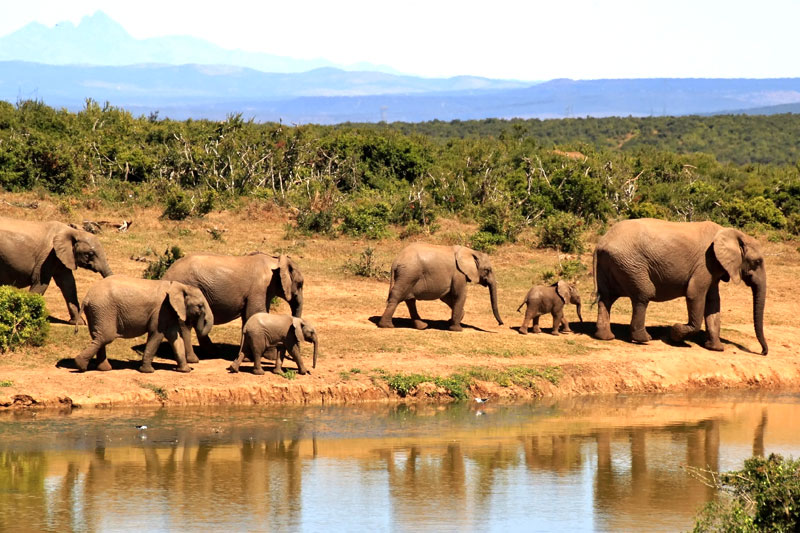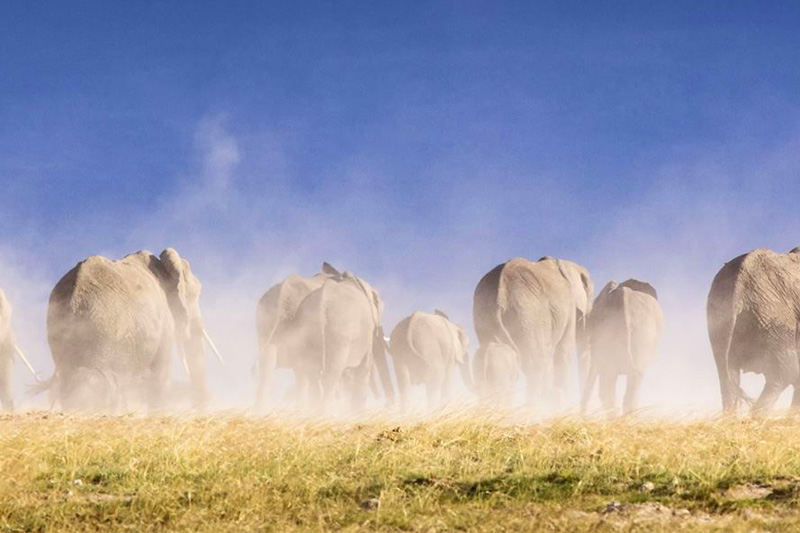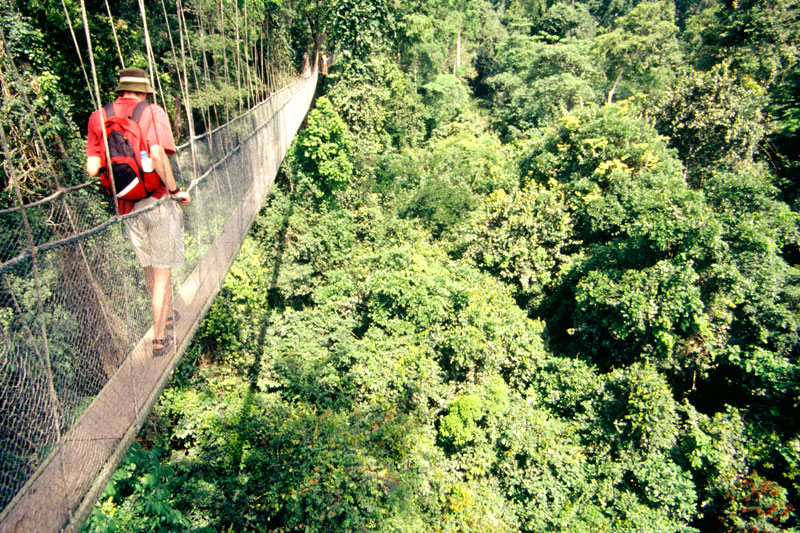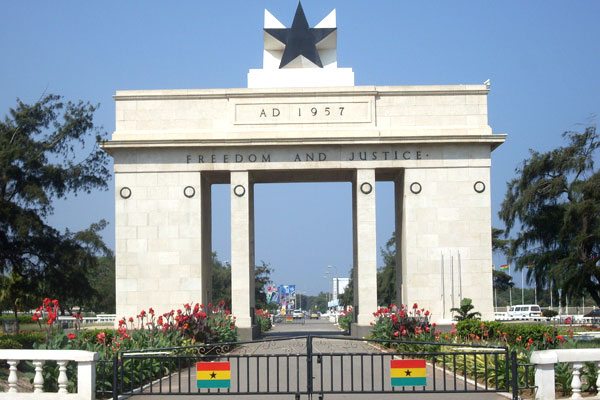Share:
Share
Traditional And Authentic Textile Tours
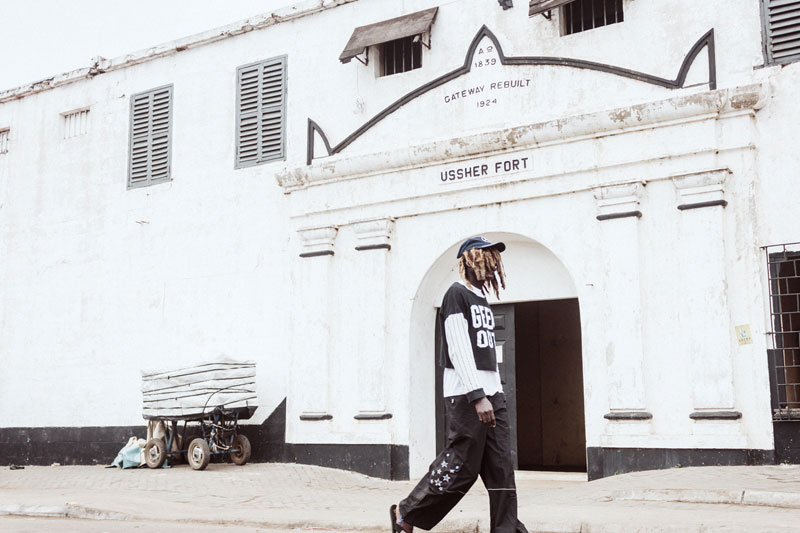
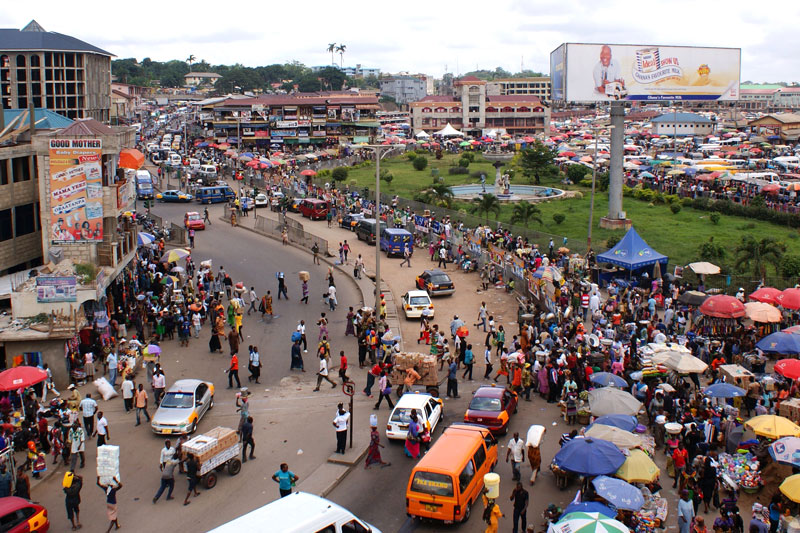
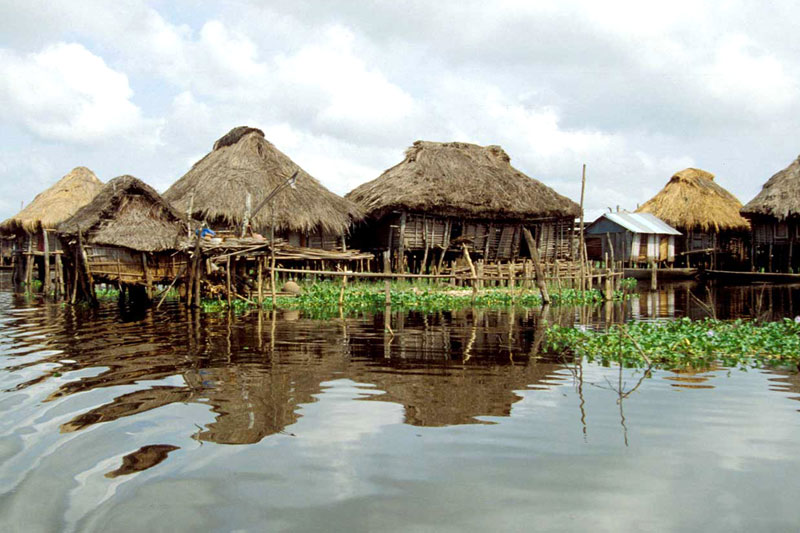
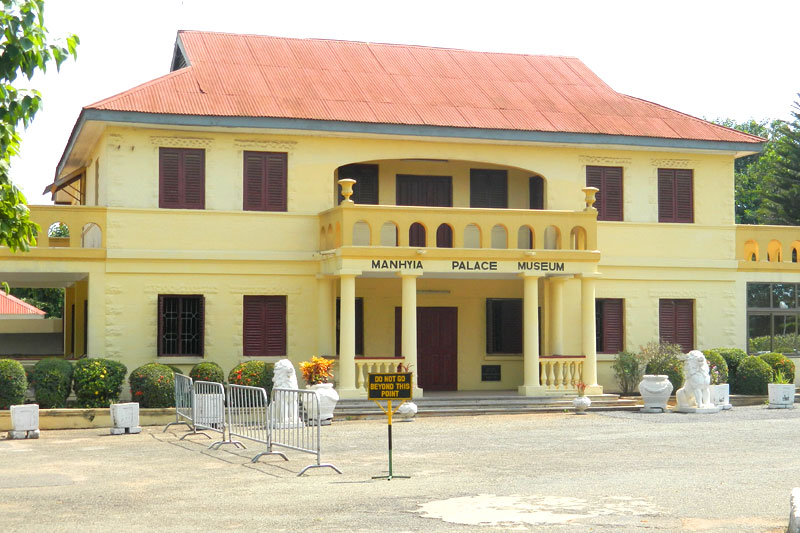
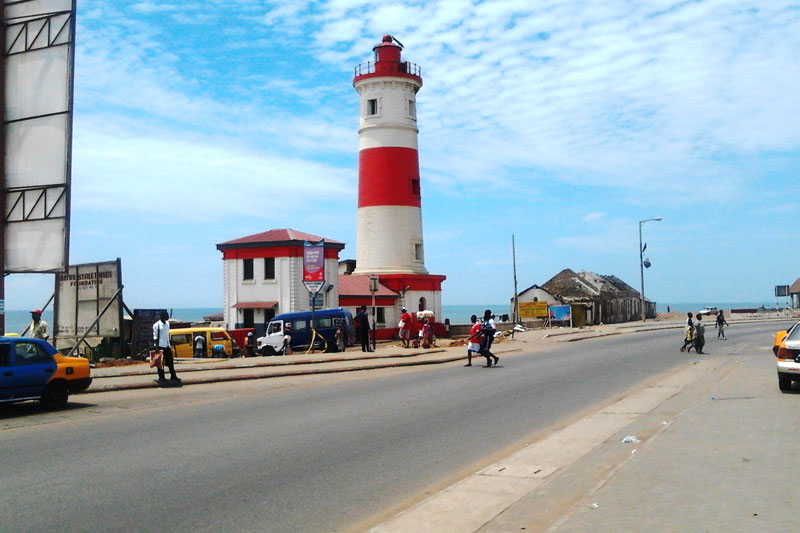
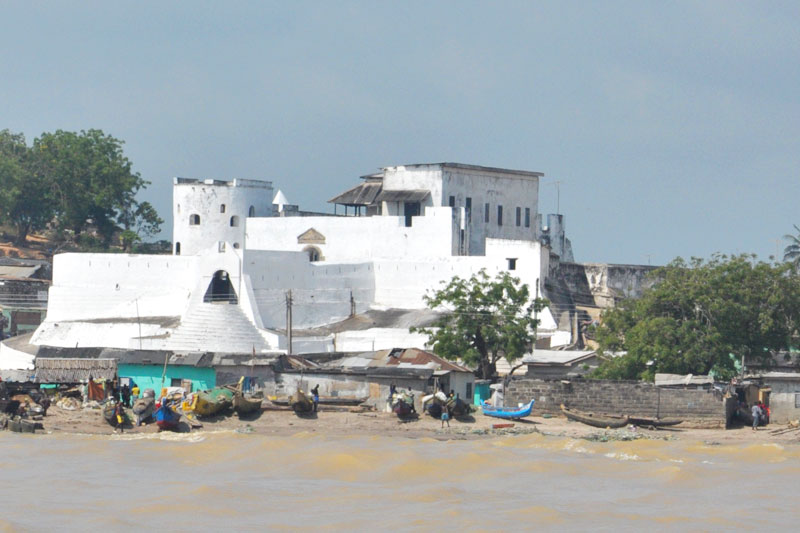
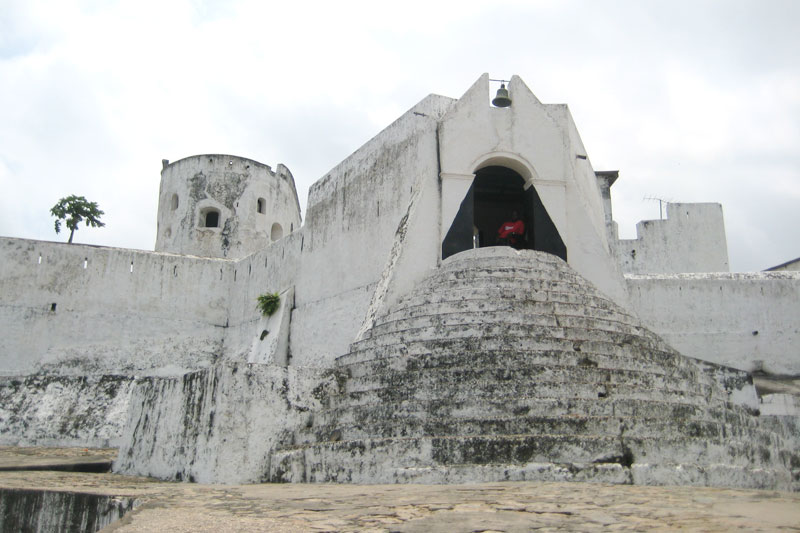











Visit: Accra - Textile Company - Ewe Kente Weavers - Potters Of Vume - Akosomb0 - Kumasi - Unesco World Heritage Site Visit - Ashanti Crafts Villages - Cape Coast – Elmina - Kakum National Park
The earliest type of Ghanaian fabric used for clothing was made from the bark of the tree in Akan as Kyenkyen and the Dangme as Tsobo. Bark cloth is made by stripping long narrow pieces of Antiaris, softening them in water, laying the strips on a tree trunk and beating them with wooden mallets having corrugated heads.
Although bark cloth is now in disuse, it is still found in certain traditional cultural contexts. For instance some hunters wear bark cloth for their hunts. The Asantehene is known to use this attire for certain aspects of Odwira festival celebration. The Ga-Dangme have traditions of using bark cloth in pre-European times.
Whenever the word textile is mentioned in Ghana, attention is quickly drawn to cloths in general. The word Kente is Ghanaian. Kente is a hand-loom stripe woven piece of textile and it is the most famous and the most celebrated of all the textiles used in Ghana.
Among the many type of textiles used in Ghana are:
1. Textile for domestic use: Mpaso – Ntoma (Mpasotoma/Mpasotam)
2. Textile for suits and dresses: Ataade Ntoma Ataadetoma/Ataadetam)
3. Embossed textiles (Embroidery or studded textiles): - Akuni – Ntoma (Akunitoma/Akunitam)
4. Stamped textiles: - Adinkra – Ntoma (Adinkratoma/Adinkratam)
5. Head – loom stripped woven textile: - Nwon – Ntoma (Nwontoma/Nwontam) out of which came the Kente textile.
CLOTHES IN GENERAL
Generally speaking, Africans, Ghanaians and the Asante in particular, choose clothes with colours and motifs that carry symbolic meanings.
1. People usually wear clothes for ordinary occasions.
2. There are cloths for mournful occasions which go with colours ranging from dark – red (Koben), dark – blue (Birsi) through dark brown (Kuntunkuni) to black (Apobiri).
3. There are cloths for joyful occasions such as Festivals, Worshiping, Durbars, Naming Ceremonies, or Out-Dooring of Children, Initiation Rites, Puberty and Marriages.
Joyful occasions are associated with White-based or White-dominated colours and bright colours.
When a person wears a dark-red or dark – brown it signifies that he/she has just lost a close relative. The dark – red or dark – brown colour signifies a deep feeling of sadness. A black cloth (Apobiri) indicates a prolonged grief over the death of a dear one such as a mother, father, daughter, son, wife or husband
PRODUCTION
Kente is woven on a horizontal double huddle loom (Nsadua) which is fixed into a wooding frame of a very simple construction and easy portage. At the end of the loom fixed into the frame sits the weaver (Odwinfo) whose toes paddle in alternating succession the two ropes (Ntam) which operate the huddles (Asa)/ The warp threads are attached to a smooth, cylindrical wooden beam around which the woven cloth is wound to be later unwound and cut into the desire lengths. From the cylindrical beam, the threads pass through a reed, better called the beater, since it is used to beat the lateral thread from the weft (Krokrowa): (bobbin or shuttle) into a smooth, even, texture. Whenever the word textile is mentioned in Ghana, attention is quickly drawn to cloths in general. The word Kente is Ghanaian. It is an etymology of the Akan – Twi word “Kenten”, Basket in English. Whenever the word textile is mentioned in Ghana, attention is quickly drawn to cloths in general. The word Kente is Ghanaian. It is an etymology of the Akan – Twi word “Kenten”, Basket in English. Cloth woven for the Asantehene and the royal family called Asanum (Nyerewere) and Asasia are woven using a third set of huddles
KENTE AS AN ART FORM.
Kente is an indigenous Art. In Africa, indigenous Art is inspired by ritual and religious beliefs.
The values of African culture in general and of the Asante (Akan) in particular, sometimes appear in arts and myths. The art of the Asante (Akan) express and reflect their ideas, values and norms with their religious-philosophical context. Art is meant to represent basic social values such as attitude. We use indigenous Arts to make bold statements about social functions to bring about division of labour in art activities among the sexes in Africa. Until recently, among the Akan, Ewe and the Gur, only men could weave. In the case of the Asante of the Akan Stock women in their menstrual period were forbidden to visit the working places of male Artists. At Bonwire weaving was strictly restricted to men.
Arrive at Accra airport. Met, assisted and transferred to your hotel
Enjoy welcome dinner at your hotel (extra cost)
Overnight: Hotel in Accra
Breakfast
Brief Orientation by Tours Staff
Depart for a full day city tour of Accra. Your first stop is the Casket making shop where various designs of caskets are produced based on the African belief of life after death. Therefore, caskets are designed to reflect the earthly profession of the deceased with the belief that they can continue to practice this profession in the other world. Hence a bus driver maybe buried in a bus, a teacher in a book, a doctor in a syringe etc. Continue to visit the Presidential Museum of Ghana located inside the Christiansborg Castle and former office and residence of the Head of States and Presidents of Ghana. The Museums houses varied collection of the achievements of various Ghanaians who have excelled in many
aspects of disciplines locally and internationally. Drive past the Independence Arch and the Black Star Square which is Ghana’s National ceremonial grounds.
Lunch. (extra cost)
After lunch drive through Ga Mashie-Old Accra, this is a contrast of Victorian Dutch and post-colonial architecture. You will drive past James Fort built in 1673, Old Accra Square and the Post Office. Drive past Ussher Fort, one of three European forts in Accra which have survived the times. Ussher Fort was built by the Dutch in 1649 as Fort Crèvecœur. Fort Crèvecœur was part of the Dutch Gold Coast. The Anglo-Dutch Gold Coast Treaty (1867), which defined areas of influence on the Gold Coast and was transferred to the British in 1868. Interact with the local people at the Accra Harbour, view the light House built by the British to guide commercial ships into the Accra Harbour. Visit Deo Gratia Photo Studio established by JK BRUCE-VANDERPUIJE, a Ghanaian with Dutch ancestry.
After lunch visit Kwame Nkrumah Memorial Park and Mausoleum. This is a Memorial and Third burial grounds for the First Head of State and President of independent Ghana. The Mausoleum site was an Old Polo grounds for the European during the colonial period until 1957. This Mausoleum has been visited by many world dignitaries. Your last stop for the day is the Arts and Crafts market to view a varied collection of Ghanaian handicraft souvenirs. This offers you an opportunity to try out your bargaining skills on the local vendors and to “shop till you drop”. Return to your hotel
Overnight: Accra City (4) / Labadi Beach (5*) Hotel in Accra
Breakfast
Depart after breakfast to visit a Textile processing company.
Arrive and interact with management and staff and tour the factory floor. This offers you opportunity to learn about the various classes of Fabrics in ascending order and may serve as a guide when making purchase in the market.
Lunch at a local restaurant(extra cost)
Textile manufacturing in Ghana is an industry consisting of ginneries and textile mills producing batik, wax cloth, fancy printed cloth and Kente cloth. Firms have located in Ghana to serve local and regional markets with printed African patterned fabrics. The industry has shown signs of significant growth in recent years, promoting high-quality traditionally designed fabrics as "Made in Ghana" to niche markets, especially the US. Ghanaian textile companies prefer to locate within designated industrial areas to take advantage of Ghana's free zone regime and stable operating environment. Today, Ghana's textiles industry includes vertically integrated mills, horizontal weaving factories and the traditional textile manufacturing firms involved in spinning, hand-weaving and fabric-processing. The dry, savannah climate in the northern regions of the country is ideal for the cultivation of cotton, which is the primary material used by mills, weavers, batik, and tie-dye manufacturers in Ghana. The industry is supported by National Vocational Training Institutes throughout the country. These institutes provide basic practical and theoretical training in tailoring and dressmaking. There are also a growing number of private fashion design institutes and internationally acclaimed designers that teach latest techniques to aspiring textile designers. The government has initiated various policies aimed at restructuring and improving the textiles industry. The objectives include Increase of employment opportunities for the growing population Expansion and diversification of the economy Promotion of both domestic and foreign investment
Return to your hotel
Rest of day free for relaxation
Overnight: Accra City (4) / Labadi Beach (5*) Hotel in Accra
Breakfast and check out of your hotel
Depart to the Southern Volta Region. Drive past Vume and Tefle on the Lower Banks of the Volta River. These two communities are noted for the several traditional potters whose economic activities are molding Clay products such as cooking and water storage Pots and flower vases. Break the boredom of travel to interact with these traditional artisans and learn about the uses of many different clay pots.
Cross the Volta River at Sogakope and continue to Agotime-Kpetoe. This Ewe Kente weaving village offers opportunity to watch Kente Weavers at work. You are encouraged to practice Kente weaving and to purchase Kente souvenirs for friends and families back home. Note the difference in designed as Ewe weavers use symbols such as animals and objects and deep colours.
Lunch (extra cost)
Continue to your hotel in Akosombo driving through Ho capital of the Volta Region and on the southern foot of the Akuapem - Togo range of Ridges
Check into your hotel
Dinner at your hotel(extra cost)
Overnight: Hotel in Akosombo
Breakfast and hotel check out
Depart early morning for Kumasi in Ashanti Region; the Kingdom of Gold, History and Culture. Make a brief stop at Krobo-Odumase to visit the Cedi Bead Factory and workshop where beautiful African jewelry is made of clay, bones and glass. Put on your protective goggles and try your hands in the crushing of bottles and polishing of finished beads and observe beads designing, firing, polishing and stringing. You may purchase already made beads for friends and family back home.
Beads play a very important role especially in the life and culture of the Krobo people of Ghana. They are adorned to mark family status, on special occasions and the important rites of passage of girls to puberty called the “Dipo”. Participants will be shown around the factory and participate in the making of beads by hand in batches in a traditional manner.
Here you will watch the centuries-old process from start to finish: to make new beads, the bead-makers first crush old bottles into small chips, then arrange them in glazed moulds, before placing them in what looks like a fiery pizza oven for about 45 minutes. They also restore worn beads – some of them many centuries old – by placing them intact in an appropriate mould, then baking them at low heat for about 15 minutes so that they come out shiny as new. You will also have an opportunity to visit the market and purchase some of the beads. Drive across the Akuapem Ridge into Koforidua past several scenic villages and cocoa growing communities. Stop for Lunch enroute Continue to Kumasi driving past many beautiful villages with fine examples of traditional housing. Note the change in vegetation from coastal shrub to forest as you drive northwards past several charming farming communities to Kumasi, the historic and cultural capital of the Ashanti people. Stop enroute at the outskirts of Kumasi to visit Ejisu Besease Shrine and Asante Traditional buildings also a UNESCO World Heritage Site (Cultural Division). This shrine was consulted by Yaa Asantewaa, the female Asante War General who led the Asantes to fight the British in 1900. Visit Ashanti Traditional Building and the Shrine at Ejisu Besease.
Arrive in Kumasi and check into your hotel. Dinner(extra cost)
Overnight: 4* Hotel in Kumasi
Breakfast
Depart after breakfast to visit a few Asante craft villages to participate in using simple tools and traditional technology to produce breath taking artifacts and designs from which you can send as souvenirs for friends and family back home.
Bonwire/Adawumase where the famous Kente cloth is handmade on looms, in a time-honored tradition passed down through generations. In contrast, Asante Kente are designed using brighter colours and geometric patterns with unblemished precisions. Before you make a purchase of souvenir gifts, take off your shoes and try your hands at kente weaving. This offers a you an opportunity to learn the various processes involved in Kente cloth weaving. Start with setting the tread, loom and practice kente weaving under the guidance professional kente weavers. Continue to Ntonso – where the main economic activities are further enhancing and adding beauty to the traditional textile printing, see Adinkra cloth and tie-and-dye processing and get a demonstration of how intricate designs are applied to this sacred mourning cloth. Adinkra cloth are designed by indigenous artist whose expertise lies in the textual printing using traditional symbols that express the spiritual, moral, political and socio- cultural philosophies of the Akan people and offers you opportunity to create your own designs.
Lunch at a local Restaurant (extra cost).
Return to Kumasi for lunch at a local restaurant
Continue after lunch for a city tour of Kumasi visiting the Manhyia Palace Museum. The Manhyia Palace Museum was created within the old residence of Otumfuo Agyeman Prempeh I and Otumfuo Sir Osei Agyeman Prempeh II, the thirteenth and fourteenth Kings of Asante respectively. This historic building was rehabilitated in 1995 to serve as a Museum. The Manhyia Palace Museum is described as “Living Museum” as the some of the Royal Regalia of over some 300years old - Guns, Swords and Silver & Golden Keys are still being used during festivals such as Akwesidae.
Visit the National Cultural Centre and Prempeh II Museum. This museum displays artefacts relating to the Ashanti King Prempeh II, including the king's war attire, ceremonial clothing, jewellery, protective amulets, personal equipment for bathing and dining, furniture, royal insignia and some fine brass weights for weighing gold. Constructed to resemble an Ashanti chief's house, it has a courtyard in front and walls adorned with traditional carved symbols. This Museum has in exhibition of some original antiquated clothe and Akan Fabric which of which are well over 300years old. The guide will explain in detail the Kyekyen, Bark cloth and how modern Kente evolved in Asante.
For the adventure lovers venture into the Kumasi Central Market – the largest open-air market in West Africa for shopping and interact with the Market Mummies and learn some bargaining process involved.
Return to your hotel. Dinner (extra cost). Explore Kumasi city and enjoy nightlife
Overnight: 4* Hotel in Kumasi
Breakfast
Depart after breakfast for Cape Coast in the Central Region. Drive along several farming villages. Note the change in vegetation from forest to coastal savannah as you journey south-westwards. Stop enroute to visit a local village expert palm wine tapper’s hut, observe how they use age long practices carefully makes a rectangular incision on the top trunk and bores a pencil hole at the bottom this is fitted with a bamboo stick, the liquid drips through the bamboo and collected in a clay pot or a container. However, when palm wine is not consumed within 2 days it become fermented. The fermented palm wine is further distilled to obtain a very high alcohol beverage locally called “AKPETESHIE” with more than 70% alcohol content. The Akpeteshie is similar in content to the Russian Vodka.
Lunch a local restaurant in Cape Coast (extra cost)
Continue after lunch to visit Cape Coast Castle built by the Swedes in 1652 and later taken over by the British, for a conducted tour. This UNESCO World Heritage Monument served as the seat of the former colonial administration of the then Gold Coast (Ghana’s former name) till 1877 when it was relocated to Accra. It also housed the First Formal School in the Gold Coast. Presently the Castle houses the West African Historical Museum. The guide will conduct you to the slave quarters and Palaver Hall where enslaved Africans were bargained for and sold. Drive through the Cape Coast Township with its narrow streets modelled on the Yorkshire. Check into your hotel
Dinner at your hotel(extra cost)
Overnight: 3* Beach Resort or Hotel in Elmina or Cape Coast
Breakfast
Depart hotel after breakfast to visit the Kakum National Park. Go on a morning walk of the “Kuntan Trail” with its countless trees with medicinal properties. For the young at heart experience the “Canopy Walkway” suspended 100 feet from the forest ground for a panoramic view of the flora and fauna of the remaining vestiges of the rainforest.
Lunch at Hans Cottage Botel(extra cost). This restaurant offers you opportunity to spot crocodiles gliding beneath as you enjoy your meals
Proceed to explore Elmina Township and its several Posuban Shrines. Posuban are sacred meeting stations for the Akan Traditional Military groups who were called upon to defend their community during Wars. Visit notable Dutch Heritage Sites in Elmina such as the Dutch Cemetery, Trafalgar Square and Fort St. Jago. Your last stop is to visit Elmina Castle, another UNESCO World Heritage Monument and the first and oldest European structure built of any substance on African soil. This was built by the Portuguese in1482 and later used as an auction market for a comprehensive guided tour. See the slave quarters. View its distinct architecture. Return to your hotel. Dinner (extra cost)
Overnight: 3* Beach Resort or Hotel in Elmina or Cape Coast
Breakfast
Discover the art and beauty of African batik and get a glimpse into the life of a local artisan as you work side-by-side during this four-hour class. You’ll join a Global Mamas’ batiker in her workshop to learn the traditional techniques of batik production – using wax and dye to create colorful patterns – to make your own one-of-a-kind fabric. Afterwards, take your two yards of handiwork home to sew into a finish product that will always have a special place in your home or wardrobe.
Lunch(extra cost)
Rest of day free for relaxation
Overnight: 3* Beach Resort or Hotel in Elmina or Cape Coast
Breakfast
Hotel checkout is at 12.00 noon
Lunch (extra cost)
Depart for Accra driving past several fishing communities and coconut lined beaches. Of interest enroute are the several fruit stands and “Bush Meat” smoking joints
Transfer to airport for check min and departure
Inclusion
- 3 Nights at Accra City (4) / Labadi Beach (5*) Hotel in Accra on Bed and Breakfast basis.
- 1 Night at a 3* Hotel in Akosombo on Bed and Breakfast basis
- 3 Nights at a 3* Beach Resort or Hotel in Elmina or Cape Coast on Bed and Breakfast basis
- 2 Nights at a 4* Hotel in Kumasi on Bed and Breakfast basis
- Overland transportation with air-conditioned vehicle
- Professional English Speaking Tour Guide
- Entrance Fees to all Tour Sites as listed in Itinerary.
- Meals as mentioned in Itinerary.
- Hotel Taxes
Exclusion
- International / Domestic Airfare
- Optional activities
- Other meals, drinks, tips and other personal expenses or services not specified on the program
- Personal equipment
- Travel insurance
- Gratuities
- Voluntary tips for guides or drivers
- Travel and medical insurance
- Any items not mentioned as included
- COVID 19 Testing Fees
